Owls
General Information
Owls are birds from the order Strigiformes, which then gets divided in two other smaller groups which is called families. One family, Tytonidae which involves Barn Owls, and the other family is called Strigidae, which includes all other owls.
There are estimated to be more than 200 breeds of owls around the world. The main differences between a bird and an owl are the specific stance and the head type that the former possess.
Moreover, owls obtain outstanding hearing and vision in the dark and in a distance, that is since a number of owls ears are not symmetrical which helps them identify their prey despite the fact, they may not be able to detect it with their eyes.
Owls are mostly nocturnal birds which means they operate during the night. There are a few species that are crepuscular (active during the sunrise and sunset) and diurnal (sleep during the night and active during the day). During their active stages, owls hunt for food.
Appearance
Owls are known for their flat faces with wide forward-facing eyes. They have sharp talons and beaks, useful for hunting prey, and can often be seen “sitting” in an upright stance. There are a variety of different owls in Australia, so feather colour and patterns can vary.
The Southern Boobook (Ninox boobook) is one of the more widespread owl species across mainland Australia. It is of smaller build, and can be recognised by the dark brown feathers on top, with lighter brown and white feathers underneath. Their faces feature large yellow eyes, and a darker coloured beak.
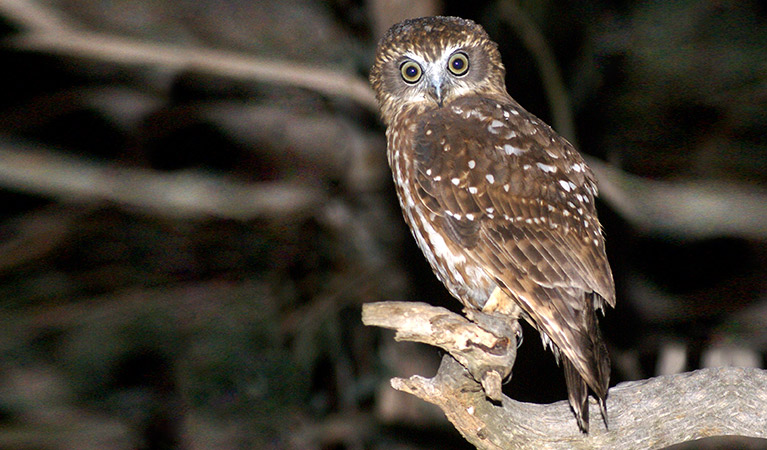
The Eastern Barn Owl (Tyto alba) is probably the most recognisable species of owl. These owls are more of a medium size, featuring a heart shaped facial disk. Their plumage consists of a grey and light orange above, with white feathers below. Black spots adorn their breast and back.
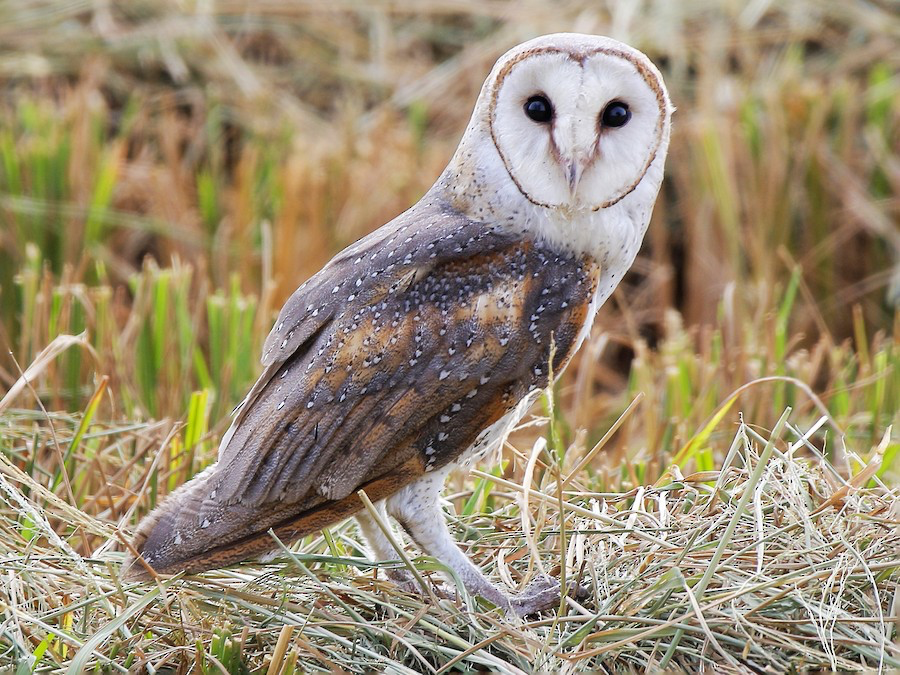
Lifespan
Up to 12 years.
Diet
Owls eat small or medium sized birds, mammals and insects, and will either eat their food whole or tear it into more manageable pieces.
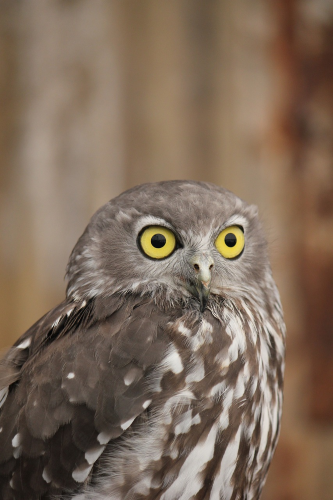
Habitat
They can live in a variety of habitats, from grasslands, woodlands and dry deserts, to snowy mountain regions and rainforests. Owls love to use old trees with hollows for their breeding and nesting.
Located
The Southern Boobook is located around the edge of Australia, with a higher prevalence on the east side of the country.
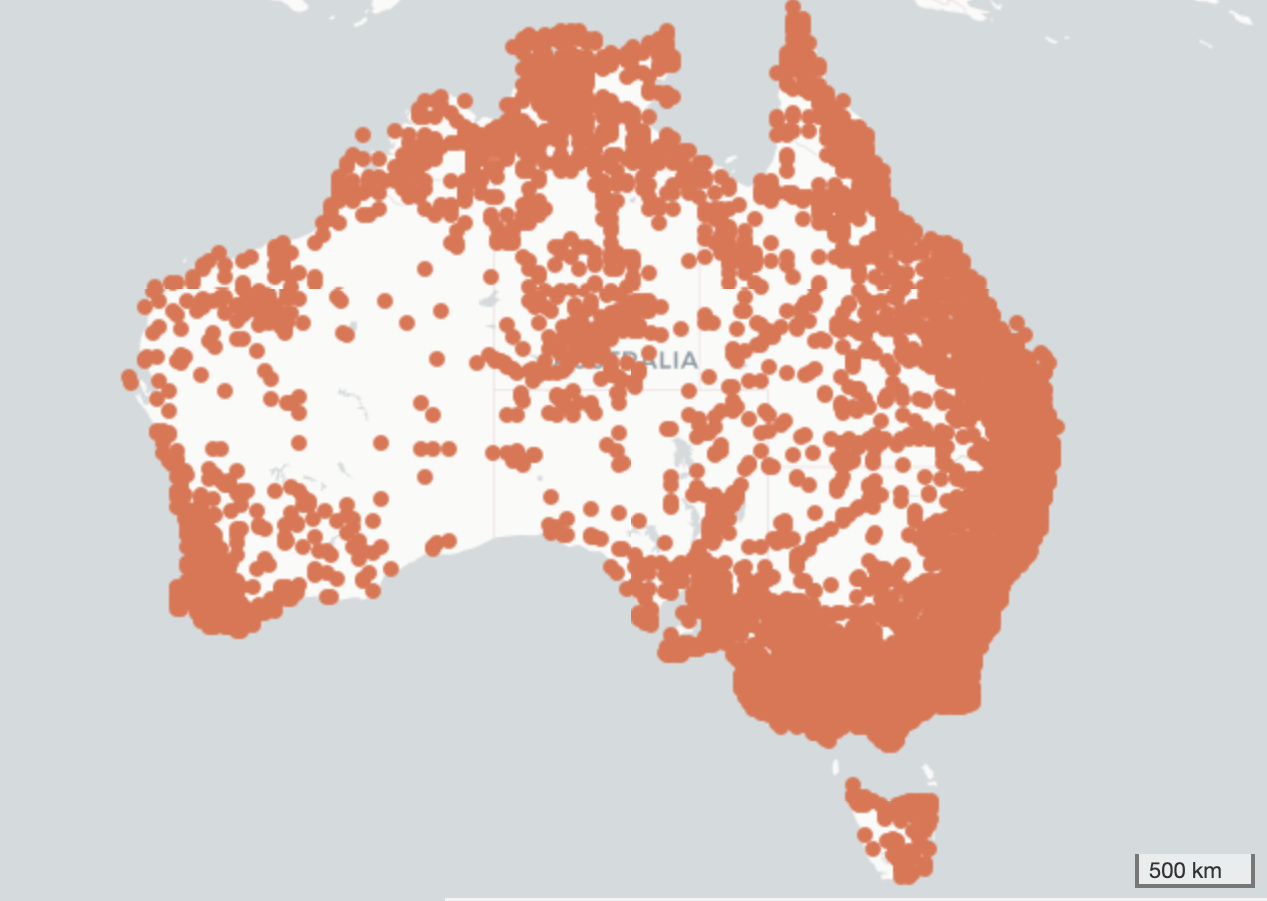
The Barn Owl is located widely across Australia, with a higher concentration on the south-east side.
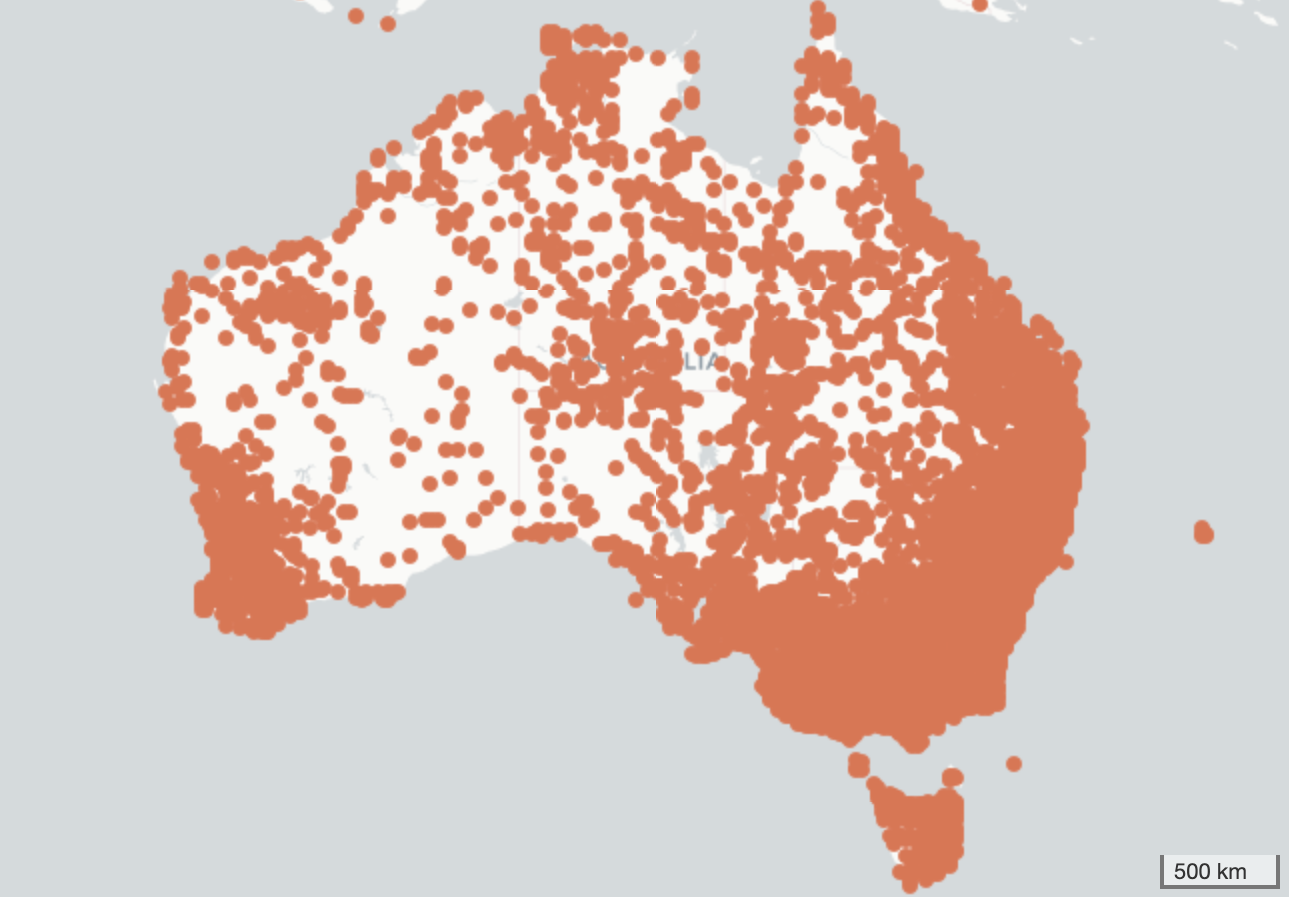
Threats
Habitat loss and land clearing is this bird's biggest threat. Aside from this, owls can be affected by secondary poisoning, which is when they consume prey that have eaten a poisonous bait (this is common in foxes or rabbits).
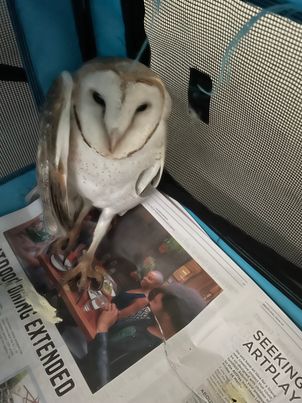
Capture/Release of Owls
When an owl is ready for release, it is best to try and let it go in the same or close area to where it was found as this can help increase chances of survival.
What to do if you find an injured bird...
As the bird could be distressed or anxious, be careful around its beak and claws. Hold the bird using an old towel/blanket, and try not to give it anything to feed or drink until it is in proper care, in order to avoid a worsened condition.
Make note of where you found the bird, and contact a local vet or wildlife shelter for further assistance. Alternatively, if you are not aware of your local shelter, you can contact Wildlife Victoria (Ph 8400 7300) for assistance.
Find more information here





